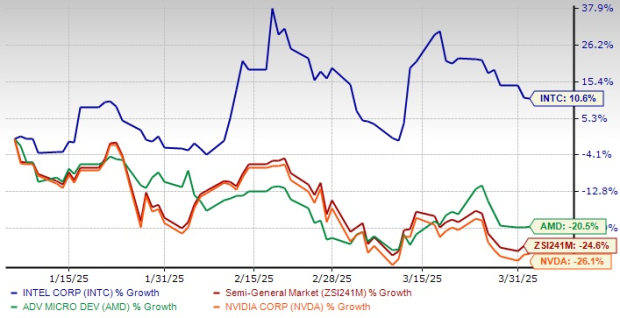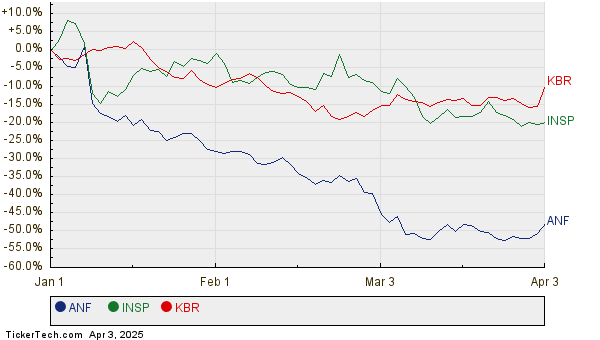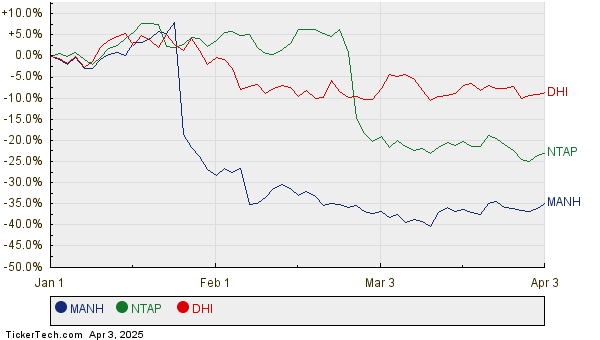Xiaomi’s SU7 Incident Triggers Share Price Drop After Tragic Accident

Xiaomi’s stock declined over 5% after a fatal accident involving its SU7, as founder Lei Jun pledged cooperation with the investigation.
A tragic accident involving Xiaomi Corp.’s (1810.HK) SU7 electric vehicle has resulted in the deaths of three university students and raised significant public concern. This tragedy led to a sharp drop in company shares as Xiaomi Auto and founder Lei Jun issued statements on April 1, offering their full cooperation in the ongoing investigation and affirming their commitment to accountability, according to Reuters.
Following the news, Xiaomi’s shares fell by 5.49%, closing at HK$46.50 on Tuesday. This downturn erased nearly HK$70 billion ($8.99 billion) from the company’s market capitalization.
The accident occurred on March 29 when a standard version of the SU7 crashed into a concrete barrier in a construction zone before bursting into flames. The three victims, all university students from Wuhan, were reportedly heading to Anhui province for an exam.
In its official statement, Xiaomi clarified that the vehicle was traveling in Navigate on Autopilot (NOA) mode at a speed of 116 kph (72 mph) before the accident. The system issued a warning regarding an obstacle created by a lane shift in the construction area. Although the driver attempted to slow down, the vehicle still impacted a concrete pillar while traveling at approximately 97 kph.
The company suggested that the fire was likely caused by severe damage to the vehicle systems due to the collision, rather than spontaneous combustion. As the investigation continues, the vehicle remains in police custody, preventing Xiaomi from assessing factors like locked doors that could have influenced the fatalities.
Limitations of Driver Assistance Technology
In response to inquiries about its driver-assistance technology, Xiaomi explained that the SU7 features Forward Collision Warning (FCW) and Autonomous Emergency Braking (AEB); however, these systems cannot detect non-vehicle objects like traffic cones, water barriers, or concrete blocks. The company emphasized that NOA is classified as Level 2 (L2) driver assistance, indicating a low level of autonomy that requires constant human oversight.
Amid public criticism regarding its responsiveness to the victims’ families, Xiaomi announced attempts to coordinate a police-supervised meeting on April 1, still awaiting confirmation. Lei Jun expressed condolences via his social media account the same evening and reiterated the company’s commitment to transparency and responsibility during the investigation.
Xiaomi launched the SU7, its inaugural electric vehicle, in March 2024. By the end of February, it had delivered over 200,000 units. According to its annual report, the company’s EV revenue reached 32.1 billion yuan ($4.42 billion) last year, contributing to a total revenue increase of 35% year-on-year, totaling 365.9 billion yuan. Lei Jun referred to this as the company’s “strongest financial report ever.”
Despite a remarkable surge of over 180% in stock price over the past year, Xiaomi’s shares are now down more than 20% from a peak of HK$59.45 achieved on March 19.
Market News and Data brought to you by Benzinga APIs




